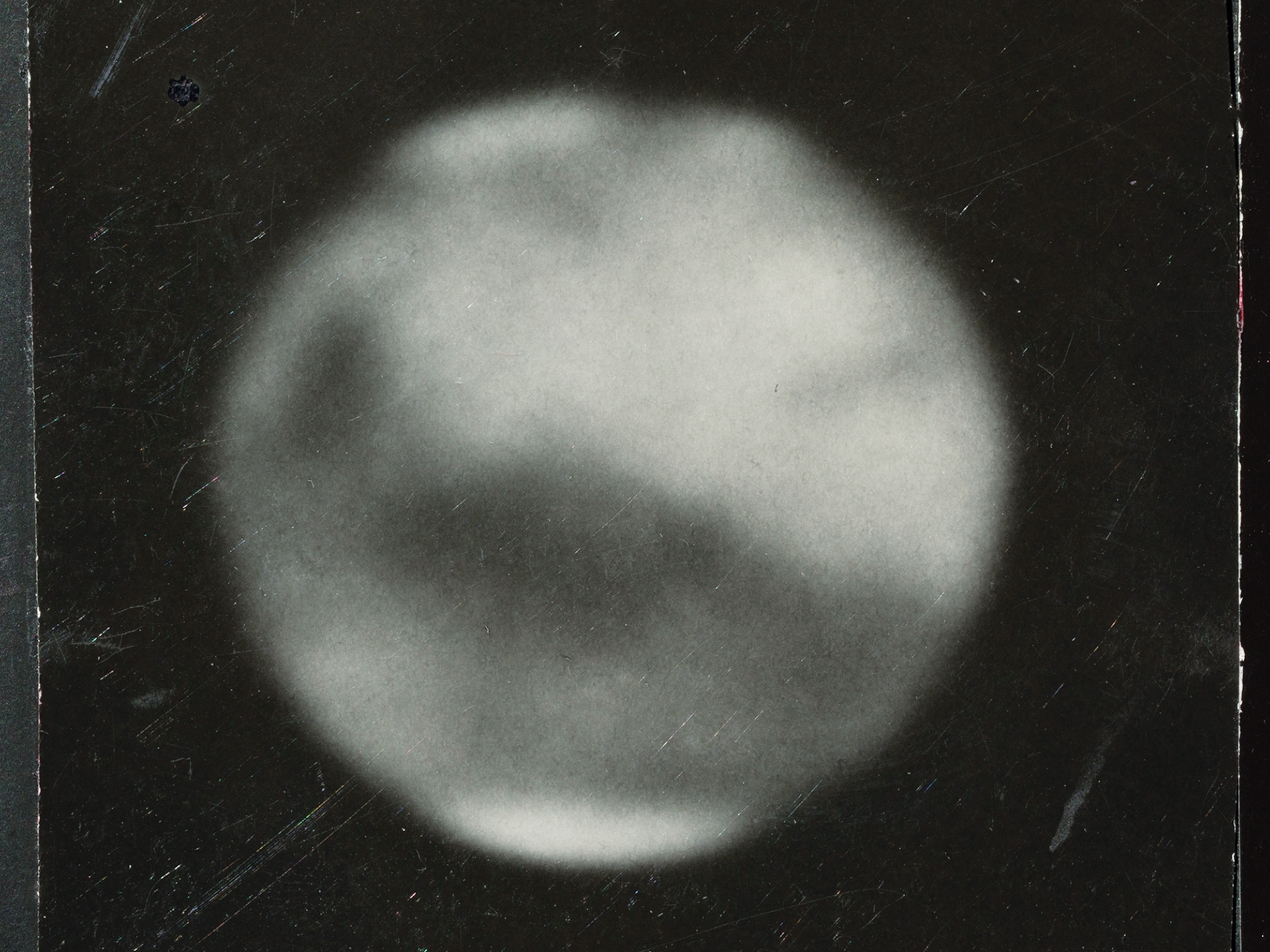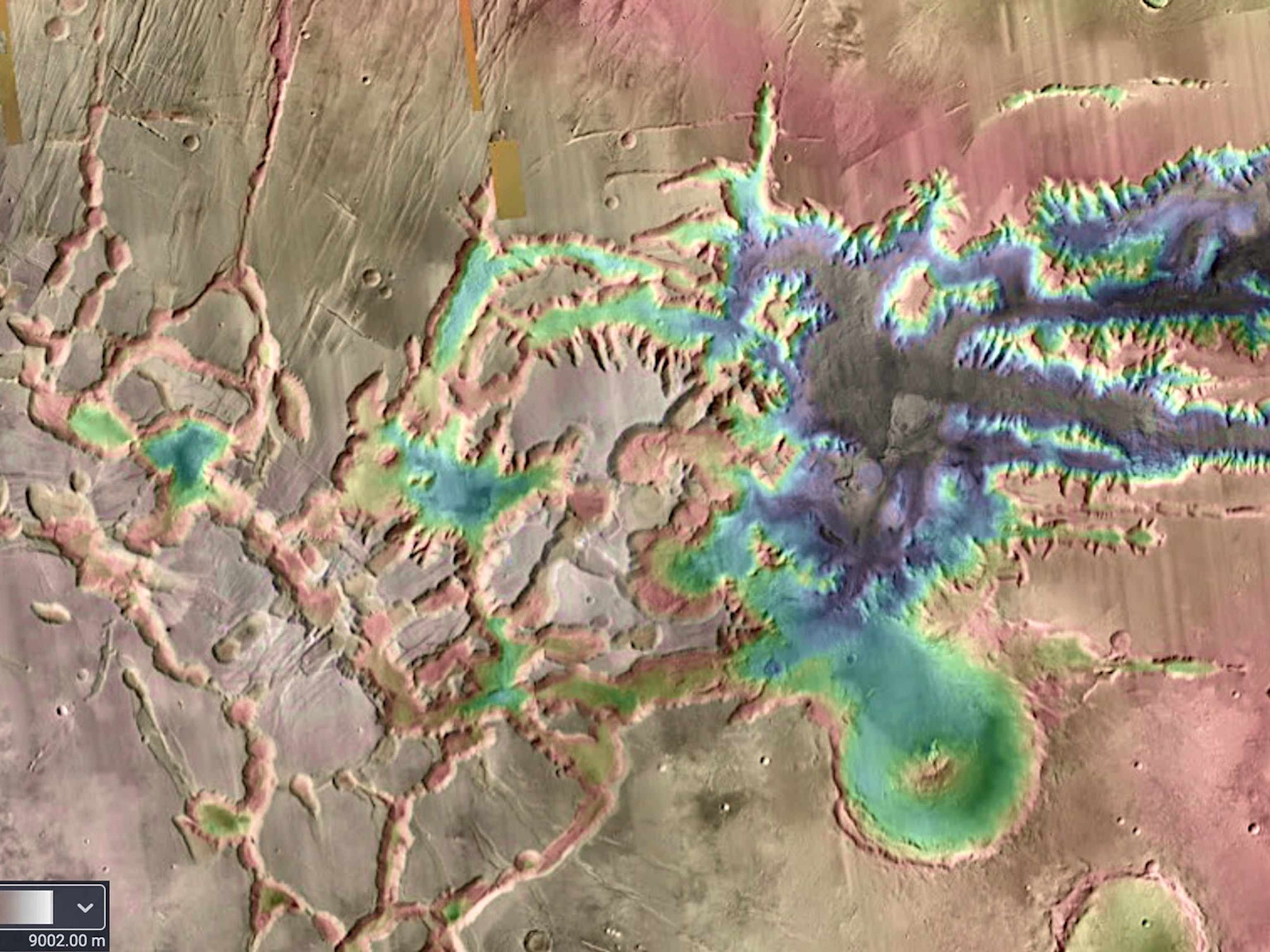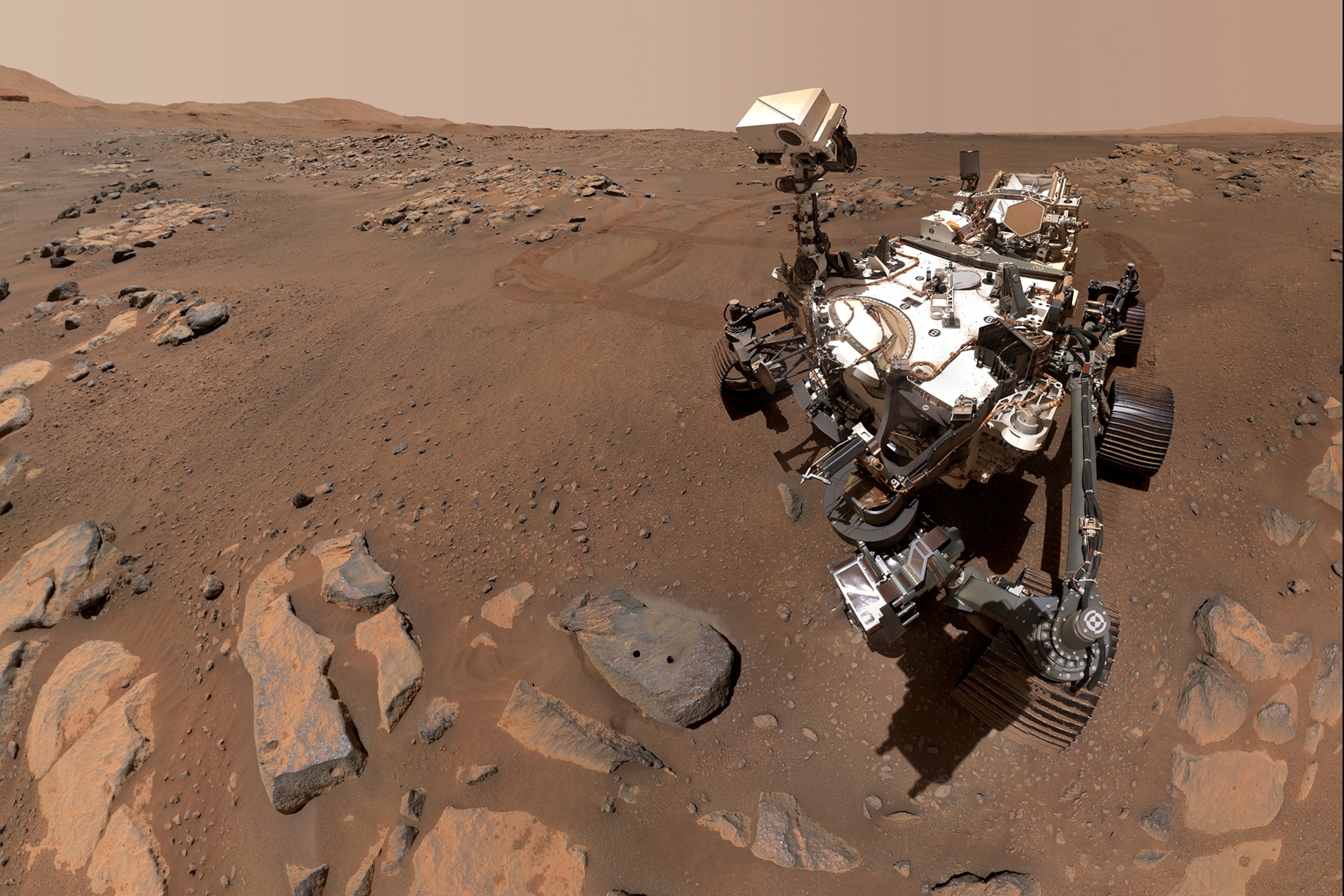
Mars rover takes big steps in its most important mission
For all of the challenges Perseverance overcame in its first year on the red planet, the most difficult may be yet to come: returning samples of Mars to Earth.
A set of white tubes hangs on a hand-crafted wood board on the wall of NASA's Jet Propulsion Laboratory in Pasadena, California. Each one stands for a titanium twin hundreds of millions of miles away that has been filled with a bit of Martian rock or air and tucked into the belly of a robotic geologist.
The Perseverance rover, or 'Percy' for short, landed on the red planet one year ago and has since trundled more than two miles across a Martian crater. Along the way it has snapped thousands of photos, analyzed the chemistry of rocks, and tested new technologies such as a machine that splits up carbon dioxide to form breathable oxygen.
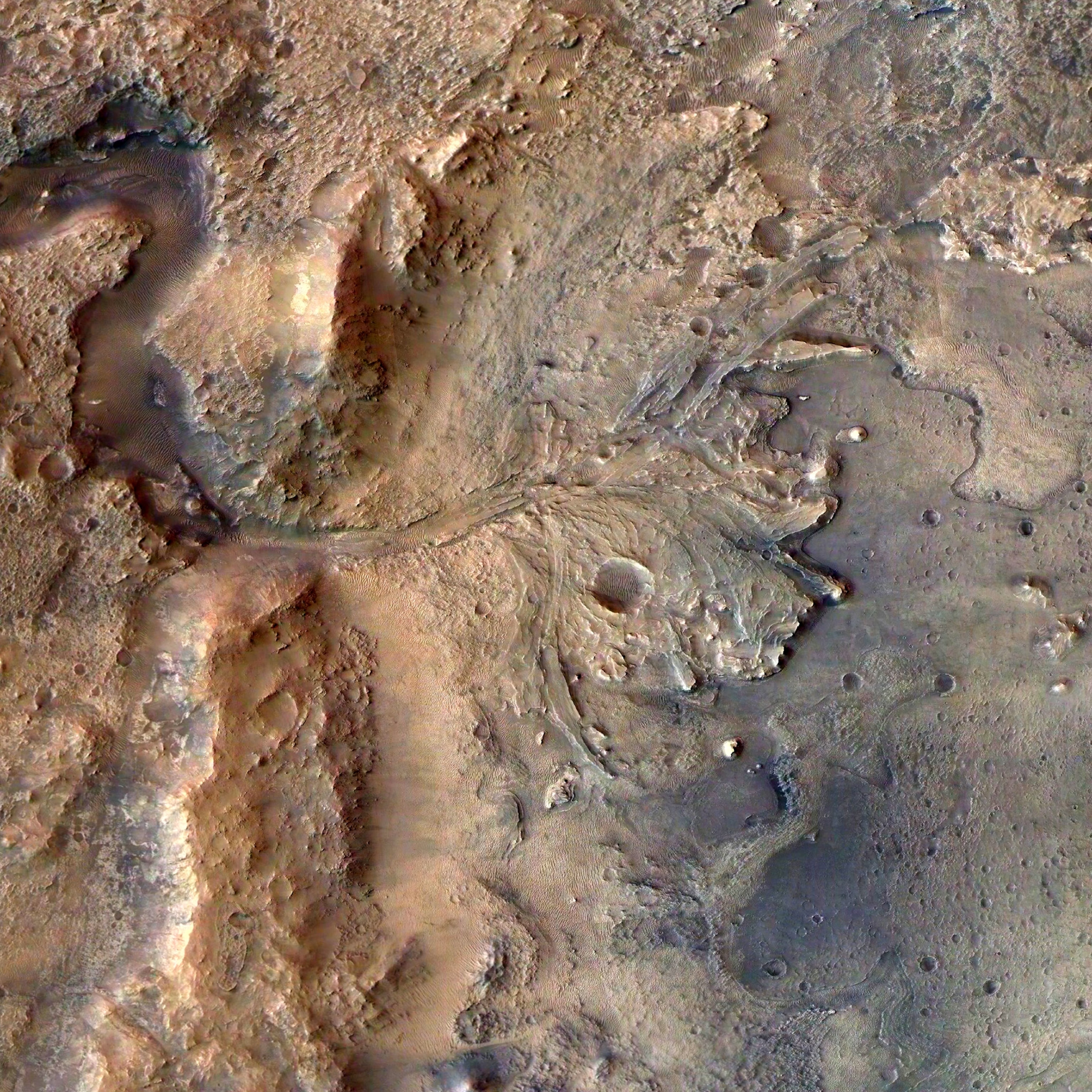
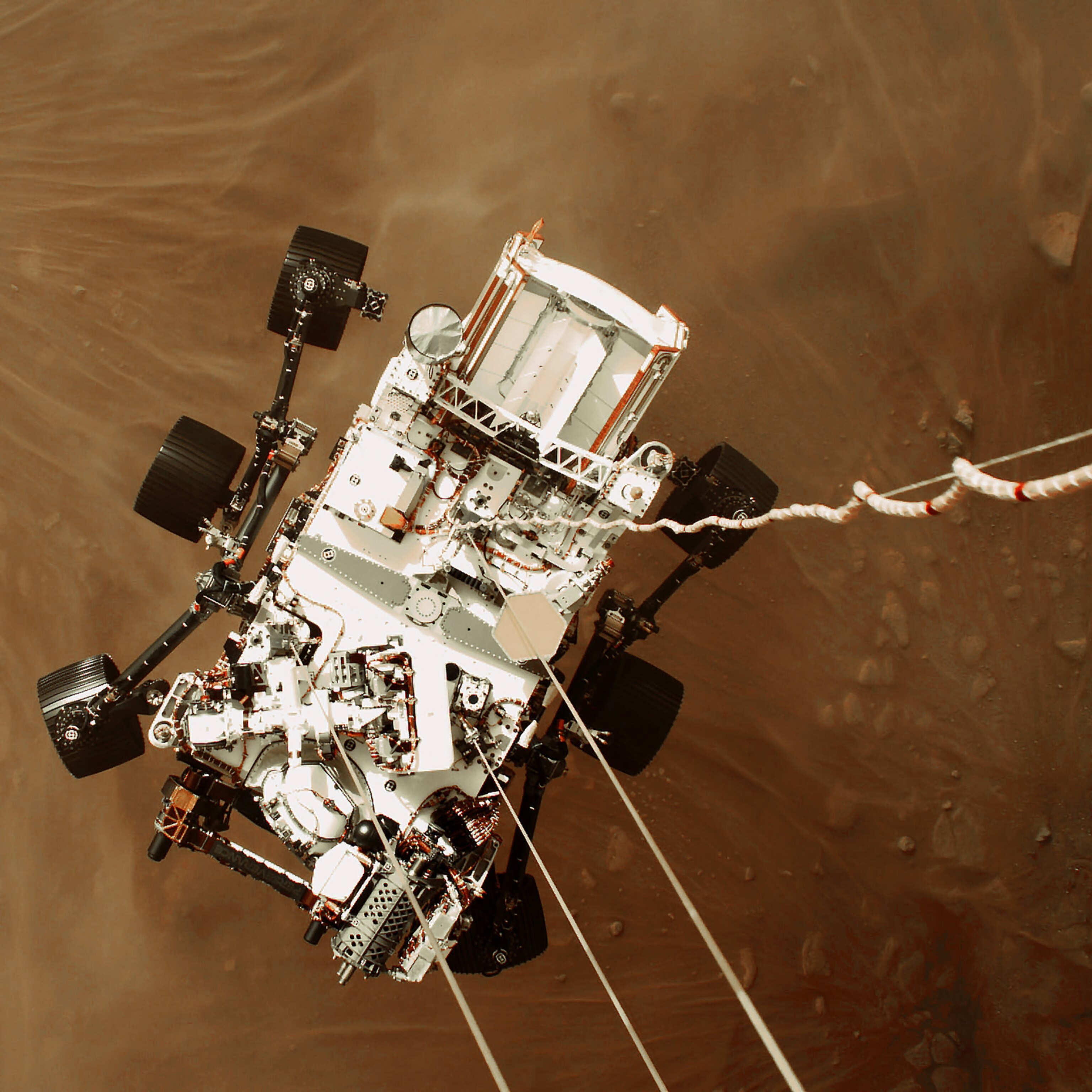
Amid these activities, the rover has also been making progress on one of the most technologically complex feats ever attempted: building up a precious collection of rocks for eventual return to Earth.
Billions of years ago, Mars likely had a thicker atmosphere, making it much warmer, wetter, and potentially friendlier to life than the rusty planet we see today. Scientists have pieced together parts of this lush past from rovers that study rocks on the ground and orbiting spacecraft that peer down from above. Other clues have come from Mars rocks that have fallen to Earth as meteorites, but their fiery plunge through the atmosphere limits their usefulness.
Now, through Percy’s mechanical eyes, scientists have been keeping close watch for interesting rocks or soil to plunk into sample tubes for a future mission to pick up and shuttle home. The effort, called Mars Sample Return, will allow scientists to study Mars's past and present environment in greater detail than ever before, and perhaps reveal whether life once clung to this now dusty world.
Scientists have dreamed of a Mars sample return mission since at least the 1960s, when the Mariner spacecraft gave us the first up close look at the red planet. (Read more about humankind's long obsession with Mars.)

"Now we're actually doing it," JPL systems engineer Ian Clark said before the first sampling attempt last year.
Perseverance has hit a few snags, but with six cores successfully stowed, the team is getting closer than ever to laying gloved hands on a bit of pristine Martian rock. "This might be the foundational science mission for quite some time," Clark said. "It's terribly exciting."
Revelry and bewilderment
The first sample collection attempt was the best and worst moment of Perseverance's mission so far for Avi Okon, the deputy lead system engineer for the rover's sampling and caching system. Early in the morning on August 6, 2021, the first batch of data from Perseverance suggested the rover had successfully drilled its first sample on the floor of Jezero crater—a 28-mile-wide impact basin that likely once hosted a lake.

"By all accounts, everything worked flawlessly," Okon says. He describes feeling elated as he watched the team's multiyear efforts come to fruition. But the next batch of data quickly replaced the revelry with bewilderment: There was no rock in the tube.
After days of problem-solving, the team realized that the sample was weak and had simply crumbled to bits as the rover drilled. The setback was a frustrating reminder of just how difficult it is to work remotely on Mars.
Several months later came another reminder. On December 29 pebbles became lodged in the rover's drill bit holder and under the rotating carousel, throwing the team into "pebble purgatory," as Okon describes it.
But NASA’s engineers have proven worthy opponents for Mars's tests, preemptively adding many features to the rover to help them avoid catastrophe. In this case, Percy's sampling components were designed with cutouts and windows to allow debris to fall through. By revving up the rover's hammer drill and driving onto a slanted surface, the team was able to shake the pebbles out.

"That's the sort of forward thinking in the design," Okon says. "It gives us those capabilities to be robust."
In total, the team has collected six samples of Martian rocks, plus a sample of atmosphere from the first attempt. The rover also took another air sample in a tube preloaded with materials back on Earth that will be used to test for contamination.
Samples and other data collected during this first year have already revealed Jezero crater's surprisingly complex geology, crafted by some combination of an ancient asteroid impact, torrents of water, whipping winds, and oozing lava.
The first two rock cores come from a boulder called Rochette, which early analyses suggest is a type of volcanic rock called basalt. Scientists spotted salts in the rock's cavities, which likely formed as water evaporated long ago and could have trapped tiny pockets of ancient Martian water.
The next two rock samples came from a sandy region known as Séítah. When scientists drilled the layered stones, they were surprised to find minerals that point to formation in a cooling magma chamber or thick flow of lava. The rocks were later altered by water, and once they are returned to Earth, they could offer a detailed window into Mars's wet past. After the rover's recent pebble jam, it also nabbed two samples from an outcrop known as Issole.

The rover has many more miles to travel. As it enters the second year of its primary mission, Percy is headed to a fan-shaped delta and shorelines that are some of the most promising spots to search for hints of ancient life. The rover’s route beyond the delta hasn’t been determined yet, but collecting a variety of rocks and soils throughout Jezero crater and beyond can help scientists piece together Mars’s dynamic history.
Catching a basketball in space
For all of the challenges Perseverance overcame in its first year on the red planet, the most difficult may be yet to come: returning the samples to Earth.

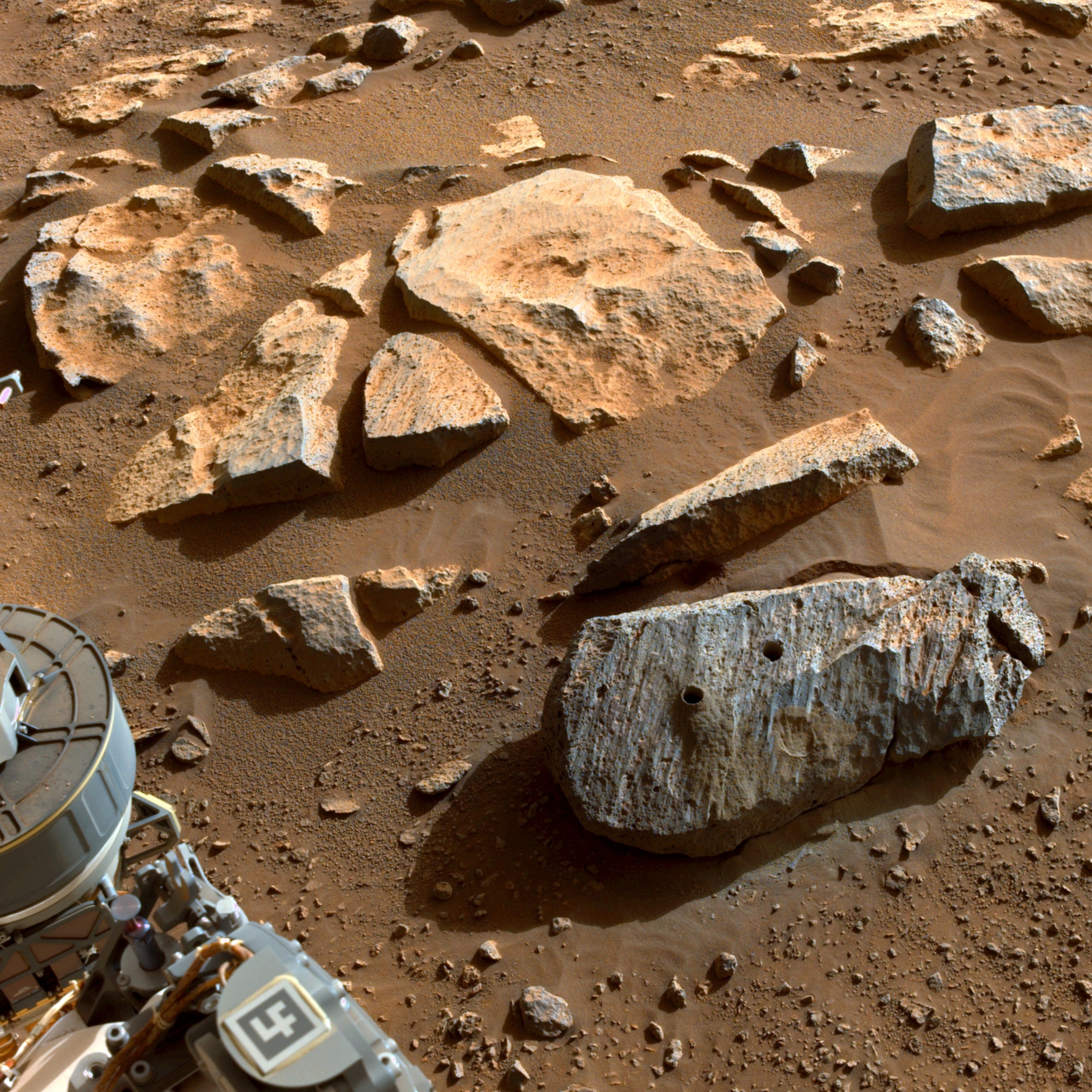
The multi-spacecraft campaign for sample return is a joint effort between NASA and the European Space Agency (ESA), and the next phases of the mission could launch as early as 2026. A lander will ferry a small rover to Mars to retrieve the precious cache of samples that Percy will eventually leave on the planet's surface.
The fetch rover will then load the tubes into a basketball-size pod, which will be launched on a small rocket into orbit around Mars. NASA recently announced that this rocket, known as the Mars Ascent Vehicle, will be built by Lockheed Martin Space in Colorado.
A separate spacecraft, which is being designed by ESA, will fly to Mars orbit to "catch the basketball" and bring it back to Earth, says Richard Cook, the Mars Sample Return project manager at JPL.
One of the features that makes the samples so fascinating also makes the return process more challenging: their potential for life. While the chance is slim, microbes might still eke out a living on modern Mars—and that could pose risks to life on Earth.
The spacecraft grabbing the sample container from Mars's orbit will encase it in a series of protective capsules, like a Russian nesting doll, Cook says. The samples will then be sent plunging to Earth, crashing in the Utah desert in 2031 at the earliest. The sample return teams are now in the process of finalizing design plans before spacecraft assembly can begin in the next year or so.
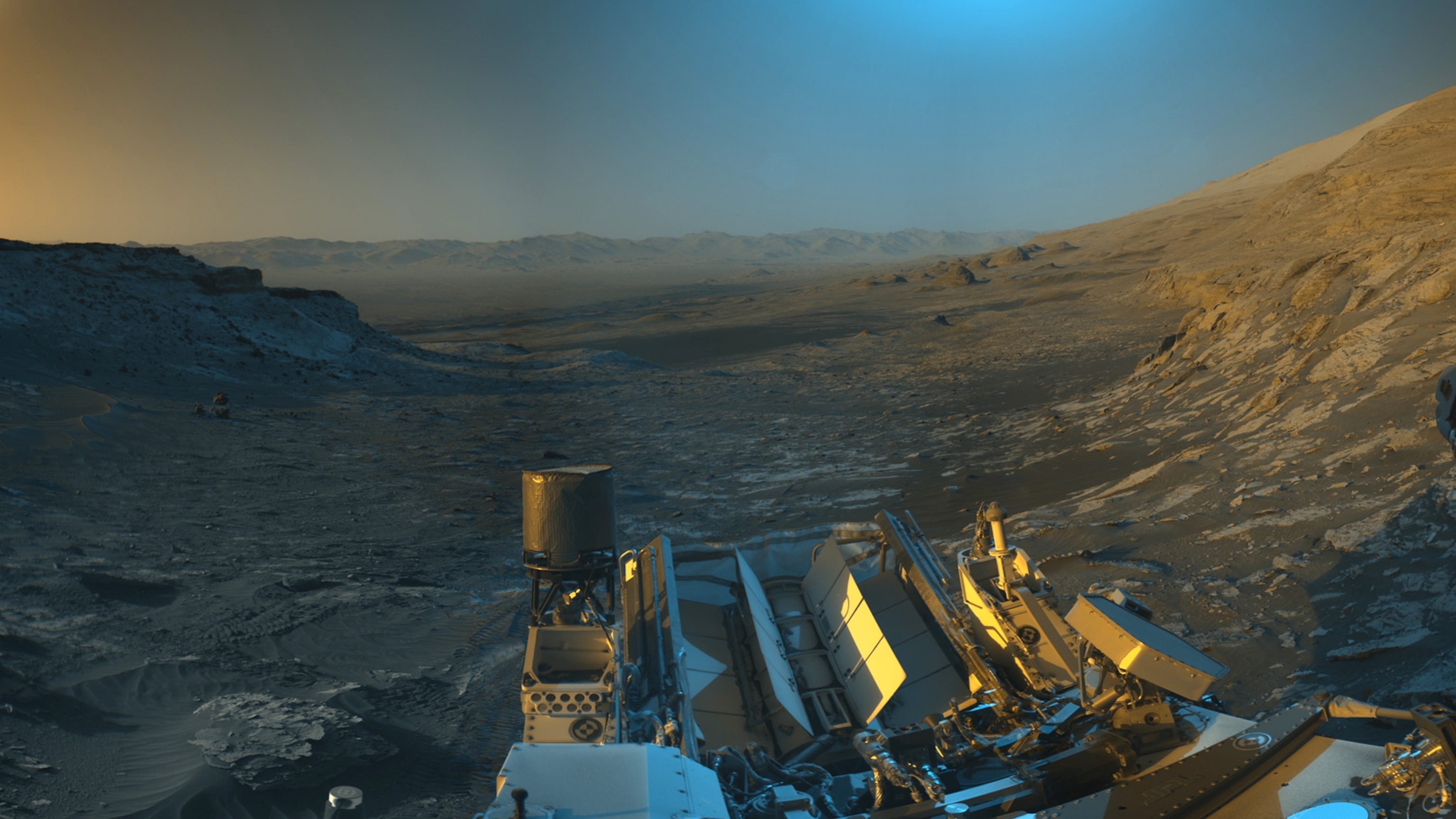
Meanwhile, Percy is moving full steam ahead. On February 4 the rover traveled the farthest distance ever ventured across the Martian surface in a single day: 806.3 feet, a little more than the length of two football fields.
The rover's sidekick, the Ingenuity helicopter, is helping scientists cover even more ground. The small craft, which last year took the first powered flight on another planet, can zoom ahead to help Percy pick the safest—and most interesting—routes through the rugged Martian terrain.
Excitement builds with every sample the rover collects. "It absolutely lights a fire under us," Cook says. "We gotta get this thing done—we gotta go get them."




